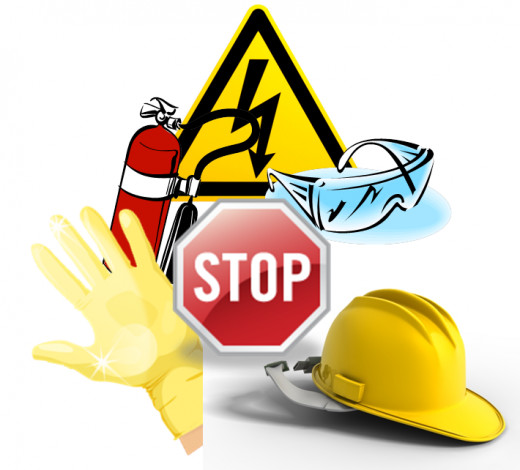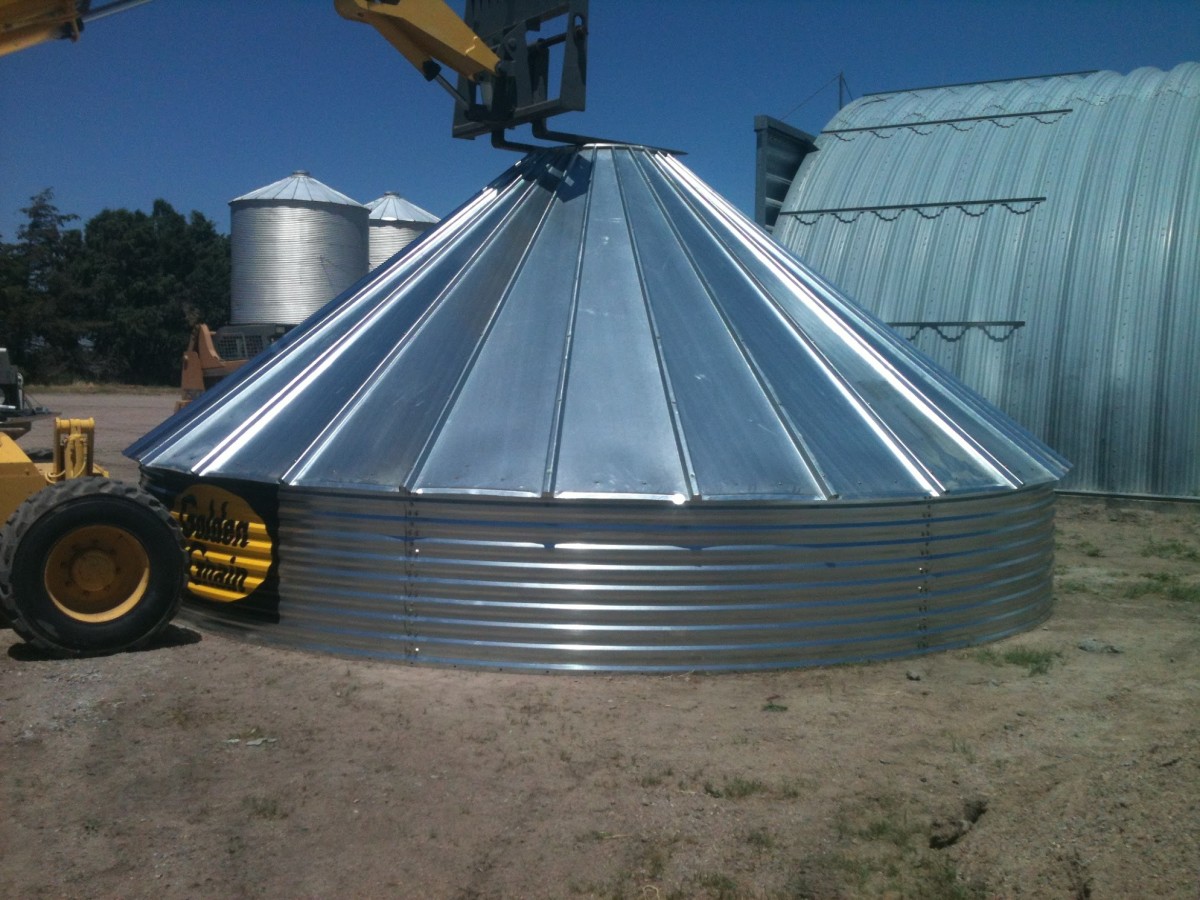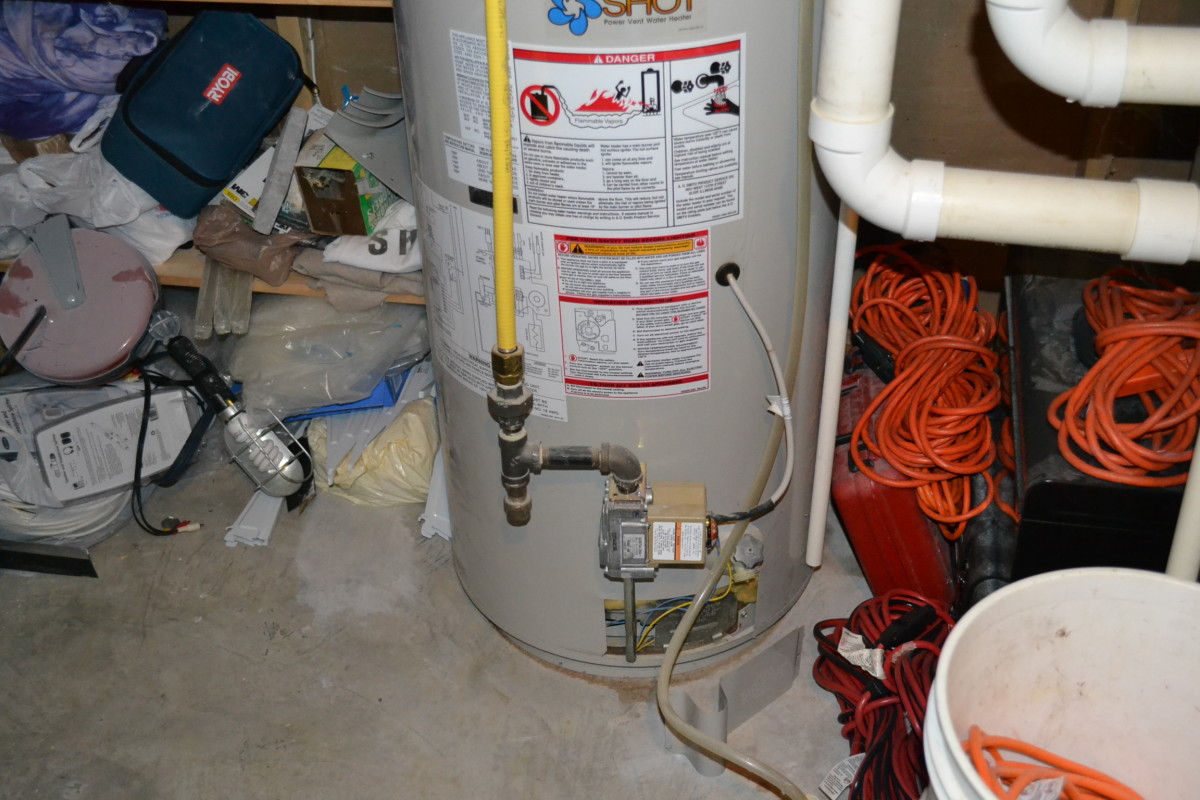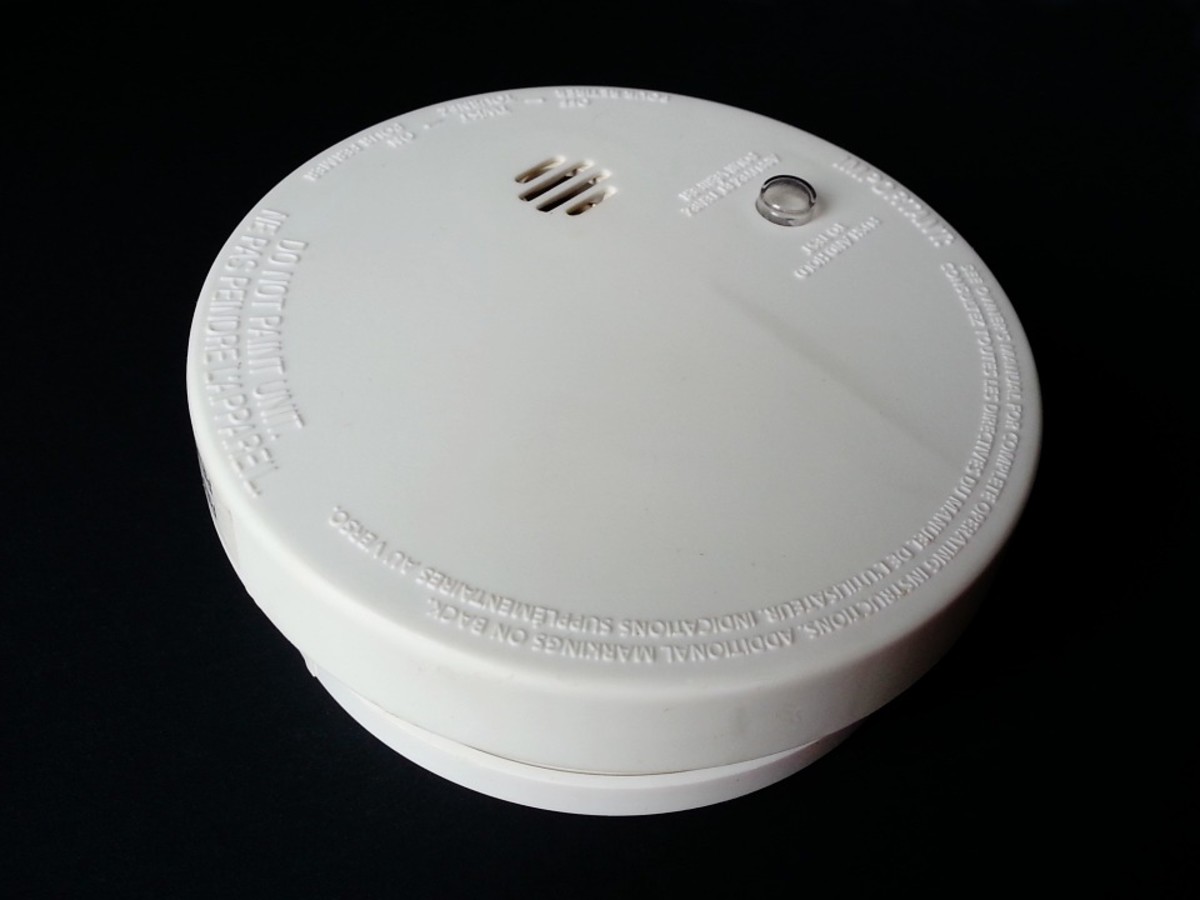Safety at Home and Farm

Safety at home, garage, workshop or farm.
This is a MUST READ for anyone who works on a farm or at home. Send this link to anyone who's safety you care about.
Many businesses have already adopted very aggressive safety policies. In every country I've worked in, the safety of employee's has skyrocketed to the top of many corporations list of important issues.
A business won't last long if the employees are subjected to uncontrolled hazards on the job. We are surrounded by hazards everyday but it’s the uncontrolled and unprotected hazards that can hurt or kill you.
Working at a business has become safer in the last few years but many people do not work under the protection of a large corporation or governing entity. Many of us work at home or on our farms. We don't have a safety team devoted to our health and well-being. We can't afford to invest in the latest safety equipment. "We make do with the equipment we have." These people need to be their own safety committee and auditors.
These are the people I worry the most about. Many of the hazards they deal with on a daily basis can be avoided, eliminated or reduced just by reading this article and adopting a safety culture in their daily lives.
Words to Live by
Keep these topics in your mind while working and try to find hazards and avoid injuries.
Buddy System: Have someone witness the work you are performing. Many times they can spot hazards quicker than you. Before you start a hazardous work like changing an engine, have your wife, son, daughter or neighbor look over the job. Take their advice on any hazard to avoid or reduce before the task. Try to never work alone. Your buddy could save your life.
Two-man lift: Use two people to lift anything that is heavier than one person can handle. We are all built differently. Some people can pick up a bale of hay and throw it 4 ft. onto the truck. Others have thrown their backs out lifting laundry. Always get help when lifting large objects and test the weight of the object before lifting. Lift up one corner to determine its weight and stability. If it feels heavy it probably is. Get a second person to assist.
Walk it thru first: Before we start this operation, let's take a minute to look at all the hazards we will be exposed to in the area. Talk over what we will be doing, even if you are alone. Do a walk-thru first. Pretend you are lifting that object. Look around for trip hazards before you start walking with it. Walk in the same path you are taking that heavy object. Is the area you are walking free of obstructions? A few seconds of preparation could save a pinched finger, cut arm or hurt back.
Safety Audit: Look around your area. Label things that are broken. Put a red tag that says "BROKEN - DO NOT USE" on tools that CAN be fixed. If it's broke we can fix it. But if it's beyond repair, throw it away. Throw away any tools that can't be fixed or at least disable or disassemble it so it can't be used by anyone else.
Don't limit your audit to identifying hazards only. You should also identify hazardous behavior. The best judge of hazardous behavior is not always yourself. Others can spot potential hazards just as well as you can, maybe even better. Don't be afraid to take advice from a neighbor, family or friend. They can sometimes point out hazards that you might have chosen to overlook. "I know the shredder guard is missing but if I just keep it off while I work near it, it will be ok." But what happens when you start to mow. Where will the rocks go?
Ask yourself or someone near by "What if". What if this fails, who would get hurt. What if I got to close to this, am I protected? What if something breaks while I'm underneath? How can I prevent that from happening? Find hazards and use the "Hierarchy of Controls" described below to improve the safety of that tool or job.
Line of Fire: Know where the hazards are from a machine. Every cowboy who worked with horses knows exactly where the "Line of Fire" is on a horse. It’s about 3ft behind the rear of the horse. That is where you can get kicked real badly. That is the danger zone.
Sometimes we forget about the Line of Fire of a tractor for example: If you’re lifting something using a tractor, the “Line of Fire" would be directly under the load you are lifting. The tractor could always jump into a gear so the "Line of Fire" is also in front or back of the tractor tires.
Do you cut open a box with a blade pointing toward you? You should always cut away from your body parts. You don't want to be in the "Line of Fire" of that knife blade. The knife is not necessarily the only hazard. Your behavior with the knife can also be dangerous. Are you lifting beyond your reach?
Machines can't be trusted: Tractors and powered farm implements cannot be trusted to stay in place, stay in neutral or park. If you put all your trust in a machine, you won't be here long. Setting the brake is not enough. Place something in front of the tires that is large enough to stop it from moving if you are going to enter the "Line of Fire".
Remove the Power First: Everyone knows if you're going to fix a toaster, you need to un-plug it first. But we sometimes forget things like bleeding the high pressure hydraulic lines of a pump before opening it up. Or we forget to lower the bucket of the front end loader before going underneath. Gravity is the power and the hydraulic valves are the only thing holding that bucket in the air. Don't trust a valve. Brace the bucket with something solid or just lower it to the ground to remove the potential of it falling.
A spring could be the power on a device. Air or Hydraulic power could be the source of energy it uses to work. De-energize everything first. Remove its power to harm you. Don't trust the machine to remain in place while you repair it.
Oil residue in a sealed container is a source of power. Remove the power first. Never weld or expose a flame to a sealed container that might have contained a flammable chemical. It will explode on you.
Read the manual: There is very good information in the manual. Never throw away an owners manual. There is always good safety information in the front. Even if you don't have the exact model listed on the manual. The safety aspects of that equipment and the hazards are generally the same. It might save you an injury by reading up on the proper use and care of the equipment you are working on.
Don't remove the guard: The guard is there for a reason. Never bypass a safety feature. Force yourself to follow these rules given by the manufacturer of the equipment. If they added a safety feature, don't remove or bypass it. The lawnmower has an instant off release switch when you remove your hands from the push bar, don't try to bypass that switch for any reason.

Hierarchy of Safety Controls
There is a universal mindset that you can use at Home and on a Farm. It’s called the Hierarchy of Safety Controls. Most all corporations have already adopted these principles or something similar and have built a safety culture to protect their employees.
By using these key principles you will be able to control or reduce the hazards you are exposed to. These are listed with the most effective first and the least effective last. But it's important to keep in mind that all of these listed are equally important and shouldn't be overlooked.
Hierarchy of Safety Controls
- Elimination of the hazard
- Engineering Controls
- Warnings
- Training and Procedures
- PPE
Elimination of the hazard - Always try to think of ways to Eliminate the hazard. Do you need to paint your workshop with multiple open flames and ignition sources with a flammable paint? Is it possible to eliminate the paint? If you can't Eliminate, try Substitution. You could use nonflammable paint to eliminate the hazard of fumes igniting. If you need to paint a high ceiling, you now have the hazard of falling. You can try to substitute the ladder for scaffolding to reduce the hazard of falling. If you can't eliminate the hazard, at least try to reduce by substituting the hazard for something equally effective if possible.
Engineering Controls - Engineering controls could be a change in the design. Like adding a foot pressure kill switch to a drill press so the it will never be left on when you walk away. Like the seat switch on a tractor. An engineer designed the tractor to have a driver in the seat. Without that seat switch on, the tractor will not move forward.
There a many after market add-ons you can purchase that makes your work safer. Always try to eliminate the possibilities of something going wrong. Think like an engineer. How can you make something safer? Use Engineering Controls to limit exposure to hazards. Design the hazard out.
Warnings - Warnings are posted to make everyone aware of the hazards. Keep away. High Voltage. Sharp edges. Rotating Parts. All of these signs are useful in advertising the known hazards. If you know of a hazard in your workshop or home, please be sure to let everyone know. Someone could be hurt if you don't. Of course many hazards are not known so a sign might not be the most effective solution and shouldn't be the only solution.
Once you know of the hazard, try to use Elimination, Substitution or Engineering Controls to reduce or eliminate the hazard. Warnings are less effective but still necessary.
Training and Procedures - We have all owned cars, tractors, trucks or something that would require some training before we let someone borrow it. I had a car once that I need to write down notes to my friend before she drove my car. "If it starts to die at a stop light, push in the clutch first, then give it some gas. Turn off the AC when going up a hill." You might also need to train someone on how to use a tractor properly. Maybe your tractor is different than any other tractor. You know everything about your tractor, but when it's time for someone else to drive it, they will need training and procedures. Write down notes that are visible to the person operating the machinery. "Turn this knob 4 times to release pressure."
It's very difficult to train someone or write down procedures to keep the other person safe from the hazards associated with this equipment. Don't rely on just procedures to protect yourself and others. This is a very ineffective method of dealing with hazards. Hopefully you've already eliminated, substituted, engineered the hazard away, or at least posted a warning sign.
PPE - Personal Protective Equipment is essential as your last resort. When all of the above methods have failed you. When you couldn't Eliminate or Substitute the hazard our of the job. You couldn't design out the hazard with Engineering Controls. You didn't have any special procedures to follow or you don't have any special training to reduce exposure to the hazard. When all of those methods of eliminating or reducing the hazard failed you, there is always a piece of plastic you can put between you and the hazard. Your PPE could be your gloves, your safety glasses, a face shield, fireproof or protective clothing, a hard hat, steel toe boots. Always wear your PPE. And have spares for yourself and extras available for anyone else who works in your area.
You should NEVER use ONLY PPE as your only protection. All of the above methods should be used along with PPE.
Adopt a safety culture in your area. You don't have a corporations manpower dedicated to your safety but you can still use their knowledge for your own safety and well-being.
THINK ABOUT SAFETY ALWAYS and please, BE SAFE !
How many times in your life have you gotten seriously hurt?
This article is written by RichFatCat. All rights reserved. It's hosted on HubPages, an online community where everyday experts like you and me can publish high-quality articles like this one and earn a share of the ad revenue they generate.
Sign up for HubPages here.:








